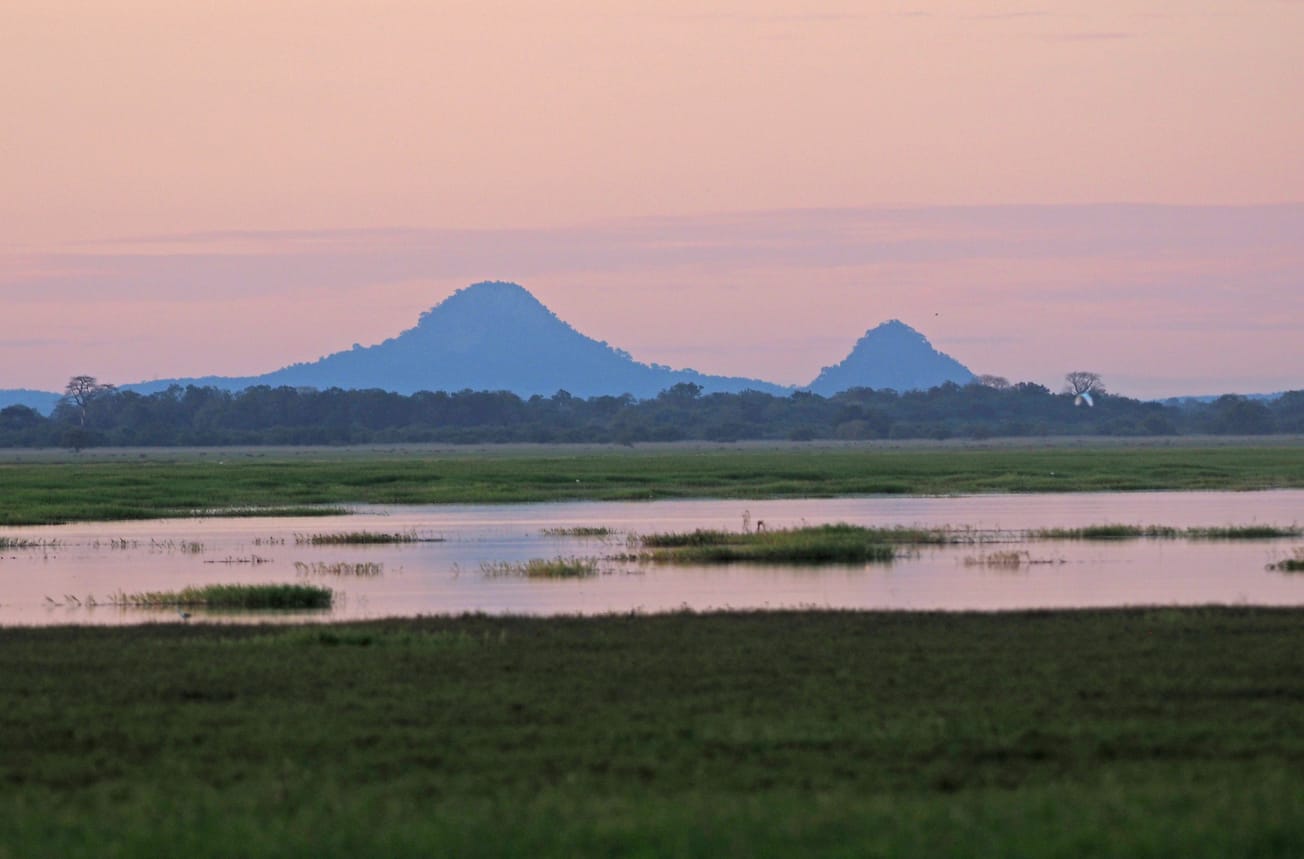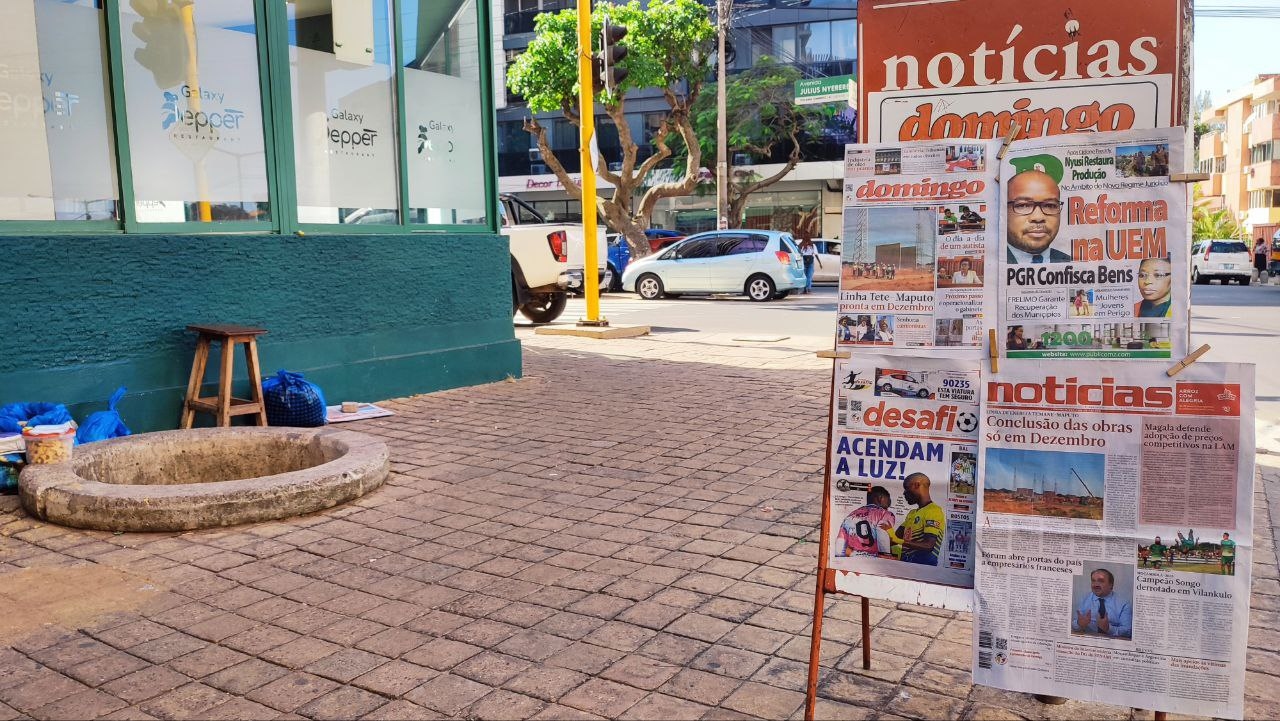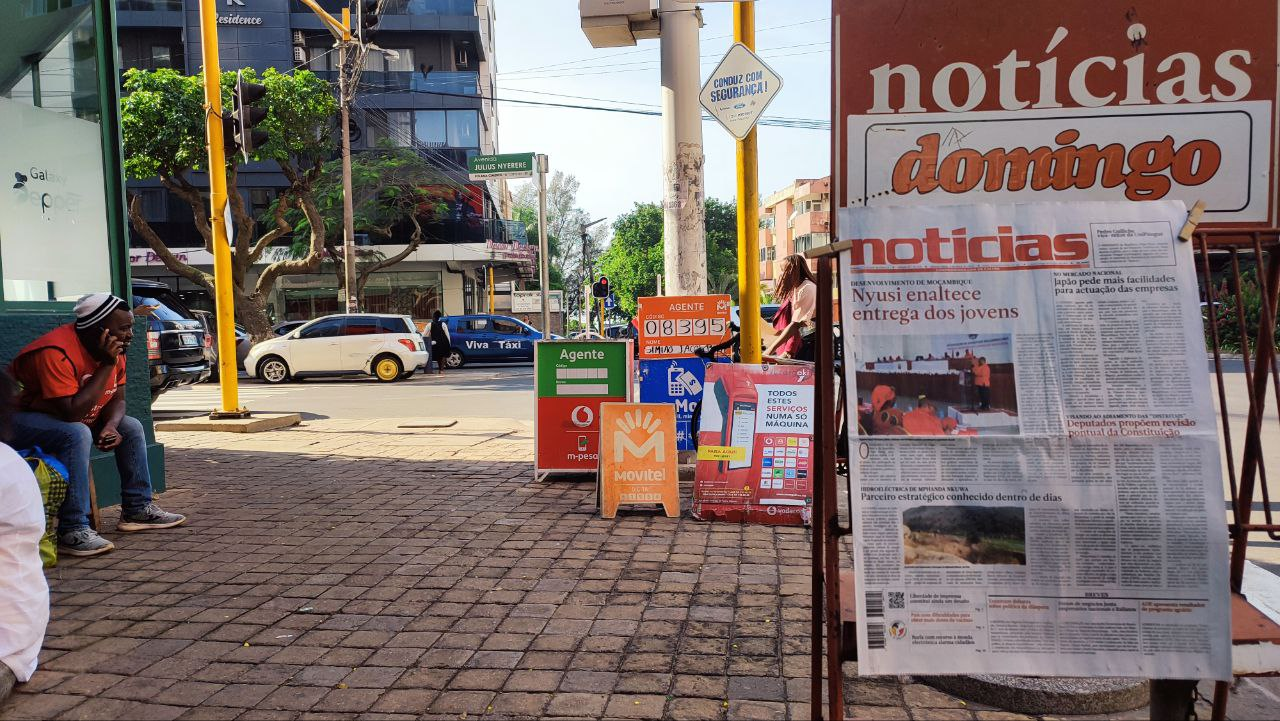Good afternoon. The deaths of two rangers in Gorongosa National Park - the first ever killings of rangers there, to our knowledge - comes at a time when conservation in Mozambique has mainly been a success story. Last year, the park celebrated five years without a single elephant being poached. The wildlife population of Gorongosa has been grown over the years, and at the same time, the government has got tougher on poachers, increasing sentences for packing and going after ringleaders instead of just minor players. Last year saw the arrest of the rhino poaching baron Simon Ernesto Valoi, known as Catana Navara, after decades hunting rhinos on the South African border.
Leader article continues below for Pro subscribers. Subscribers to the Zitamar News tier can read the full leader article here.
That does not mean, of course, that poaching has been eradicated completely. The trapping and hunting of smaller animals continues, and is part of the traditional way of life in the countryside. The pangolin, infamously the most trafficked animal in the world, is sought after for its scales used in traditional Chinese medicine. Poachers trap antelopes for their meat, either to feed themselves or for sale, for example down the road from the park in Beira. Elephants are still hunted for their ivory outside Gorongosa: in 2023, over 430kg of elephant ivory was recovered, according to one NGO. In southern Mozambique, migrating elephants have intruded on new urban areas and farms.









